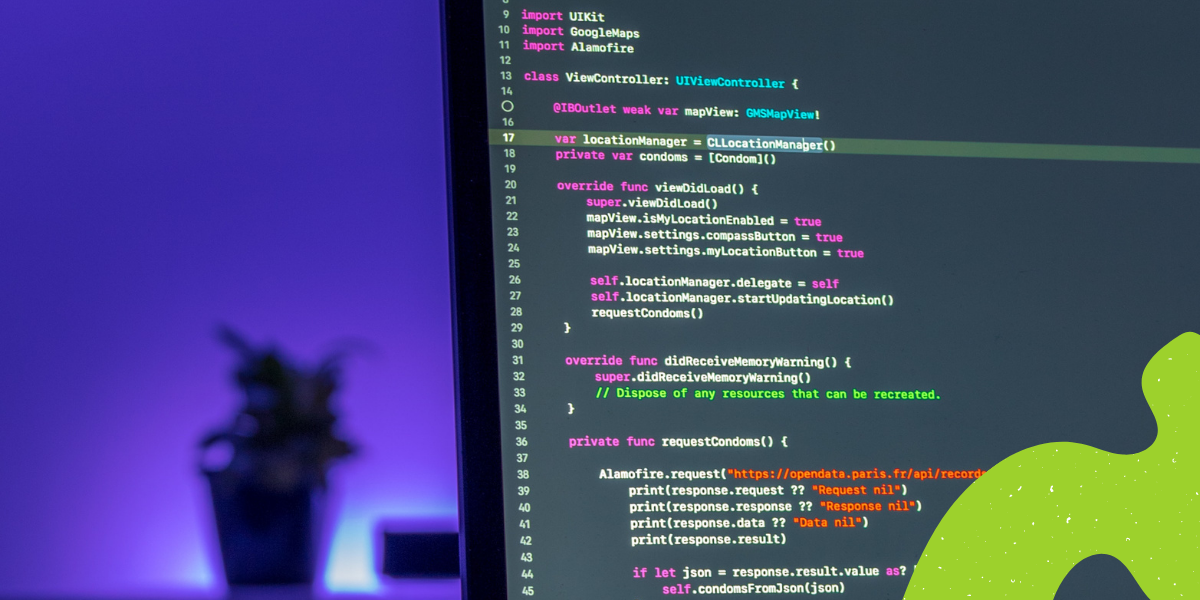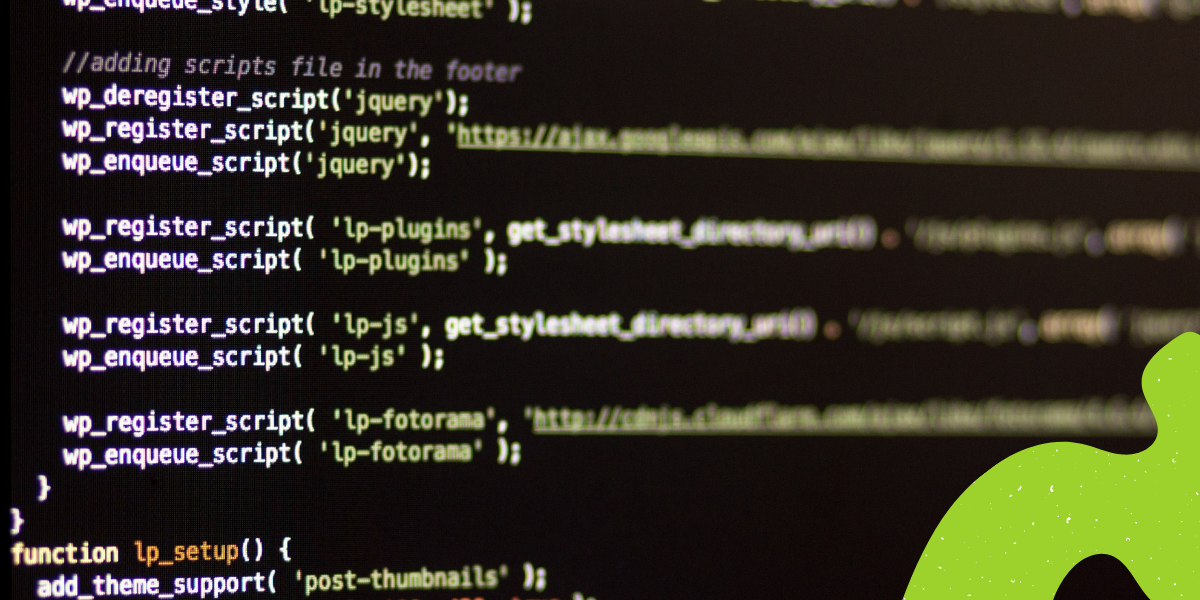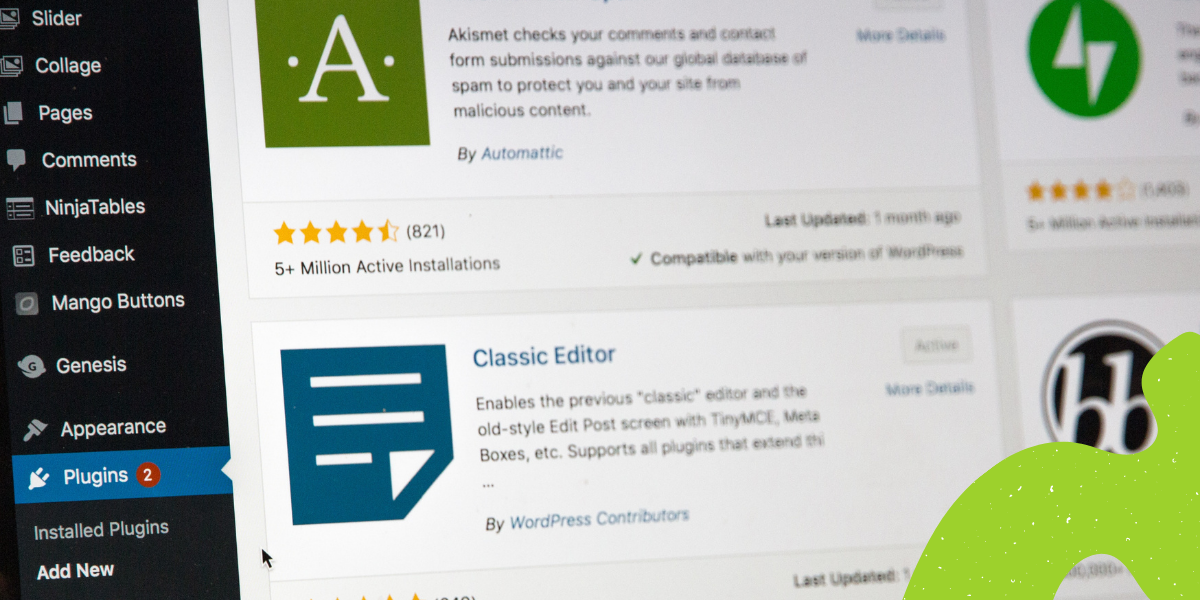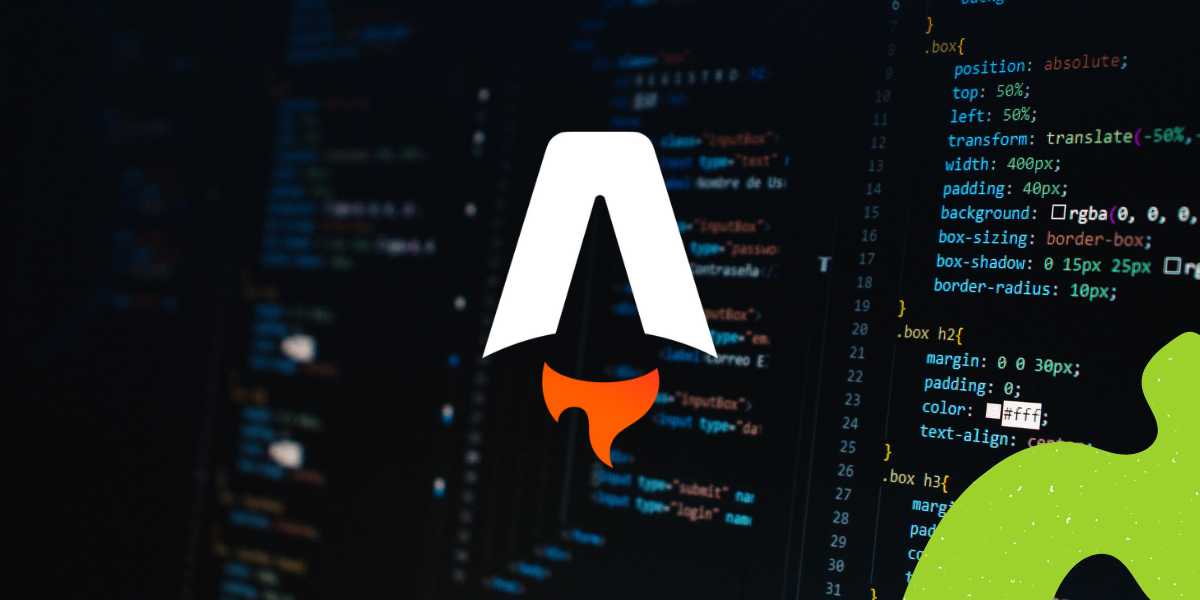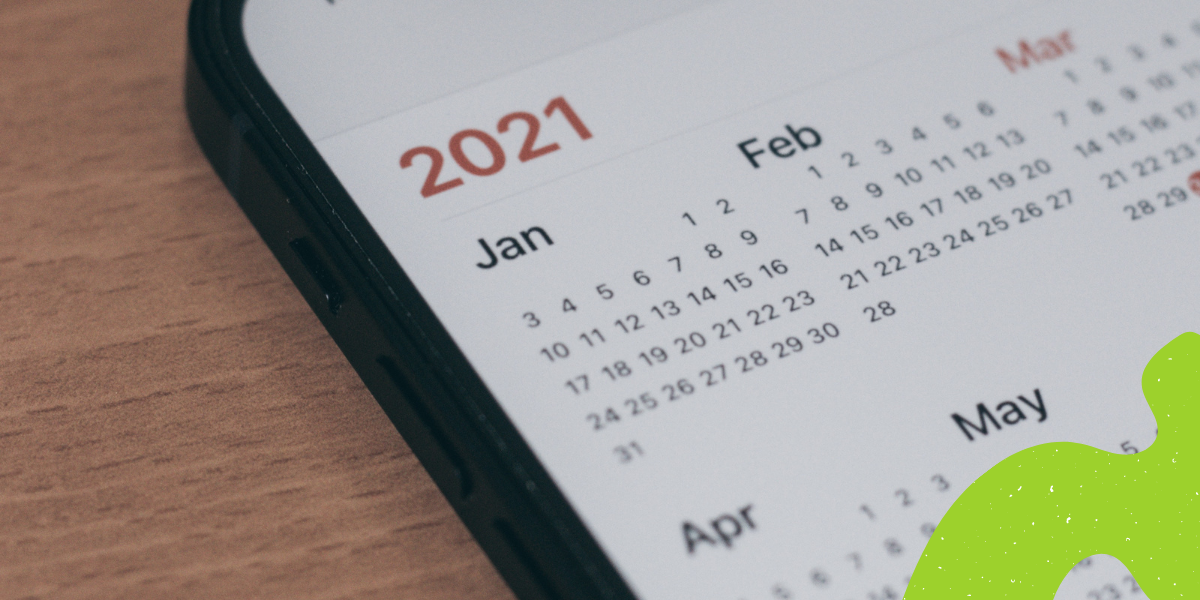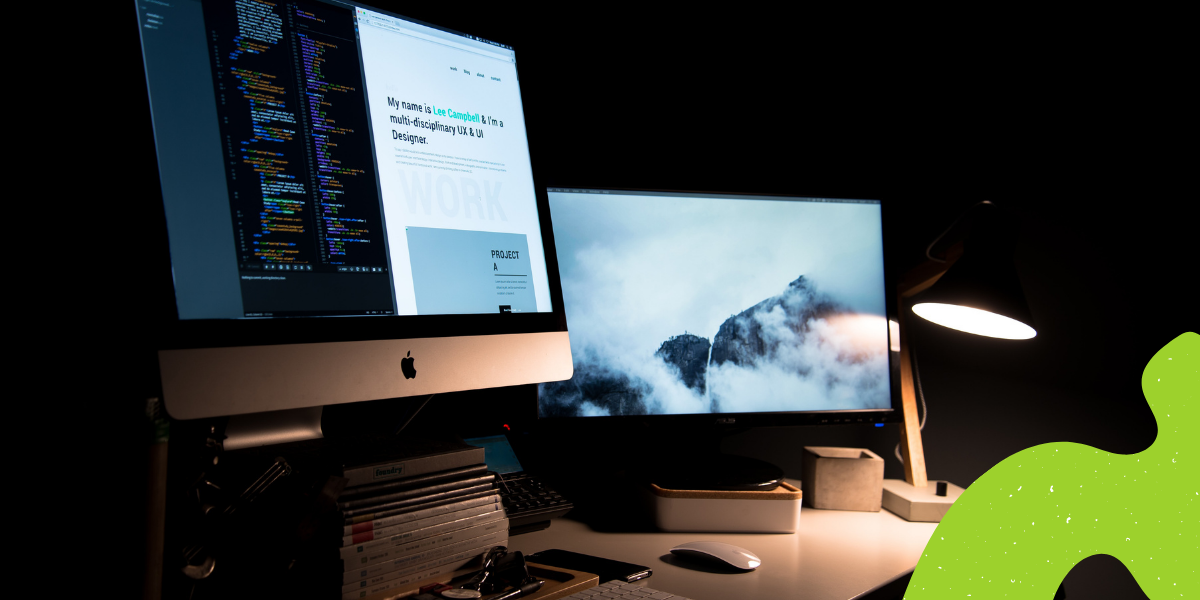Block Themes are a new type of theme in the WordPress world that allows you to edit all parts of your site with, you guessed it, blocks. This means you can do everything from creating a custom header with blocks to writing a post and more. While this is an exciting step, it’s also leaving folks with lots of questions, feature requests, and more. To help wade through the information swirling around, I wanted to share some high-level resources regardless of your point of view and help point you towards how you might be a part of what gets created in the future by flagging some specific discussions/issues of interest.
To start, let’s get some terminology out of the way since you might start seeing some new terms thrown out there in this new era:
- Classic theme: a theme built the way we’ve been used to with PHP templates, functions.php, and more.
- Hybrid theme: a classic theme that adopts a feature(s) of FSE, like theme.json or the template editor.
- Universal theme: a theme that works with both the Customizer and the Site Editor.
- Block theme: a theme made for FSE using HTML templates and theme.json, allowing one to manage all parts of their site with blocks.
Resources to explore for theme authors
To get an overview:
- Getting started with block based themes in WordPress from GoDaddy.
- Resources for block theme development from Theme Shaper.
- A reading list on full site editing and block themes from Gutenberg Times.
- A YouTube video from Ellen Bauer, a theme author, on WordPress Full Site Editing (FSE) & Block Themes explained.
To catch up on 5.9:
- Updates for settings, styles, and theme.json.
- Locking blocks in WordPress 5.9.
- State of the Customizer with Block Themes in WordPress 5.9.
- Block Themes, a new way to build themes in WordPress 5.9.
To help create a block theme or adopt FSE features:
- Block theme generator tool from Carolina Nymark.
- Adding full site editing features to classic theme article from Carolina Nymark.
- Using theme.json in a classic theme from Marcus Kazmierczak.
- Creating a blockbase child theme from Theme Shaper.
- A WordPress theme.json generator from a PHP array from Enea Overclokk.
- Sharing approaches for FSE Feature Adoption from yours truly.
Resources to explore for users
- Learn WordPress’ Simple Site Design with full site editing course.
- WordPress Social Learning online events covering a wide range of topics.
- Site editor support doc.
- Block Themes support doc.
- Styles Overview support doc.
- Navigation block support doc.
- Template part block support doc.
- All you need to know about the Customizer in WordPress 5.9.
Discussions to join/Issues to pay attention to
Since Block Themes are still very new in the WordPress world, I first recommend checking out the preliminary roadmap for 6.0 which contains loads of great context around what’s being thought of next. For more detailed thoughts on the foundation 5.9 creates, you can also read this post from Gutenberg Times on that exact topic. With this in mind, let’s dive into the following topics:
- Consider a standardized way to modify hover/focus/active states for blocks.
- Complete the remaining steps needed for creating themes without code.
- Expand the types of templates that can be added in the Site Editor.
- Add ability for theme authors to restrict creation of new block base templates and template parts.
- Allow usage of block based “template parts” without using block based “templates”.
- Default colors, theme colors, and custom colors in an effort to explore how they can work in concert.
- Allow switching global styles variations (this was shipped in Gutenberg 12.5).
This is barely the tip of the iceberg – head to the GitHub Gutenberg repository for more.

Author: Anne McCarthy
Anne McCarthy (she/they) is a developer relations wrangler at Automattic who spearheads the FSE Outreach Program and champions DEI. She’s been using WordPress for over a decade, most recently as a co-Test lead and user docs champion for WordPress 5.9. When not WordPress-ing, you can find them out in nature or on a soccer field.


